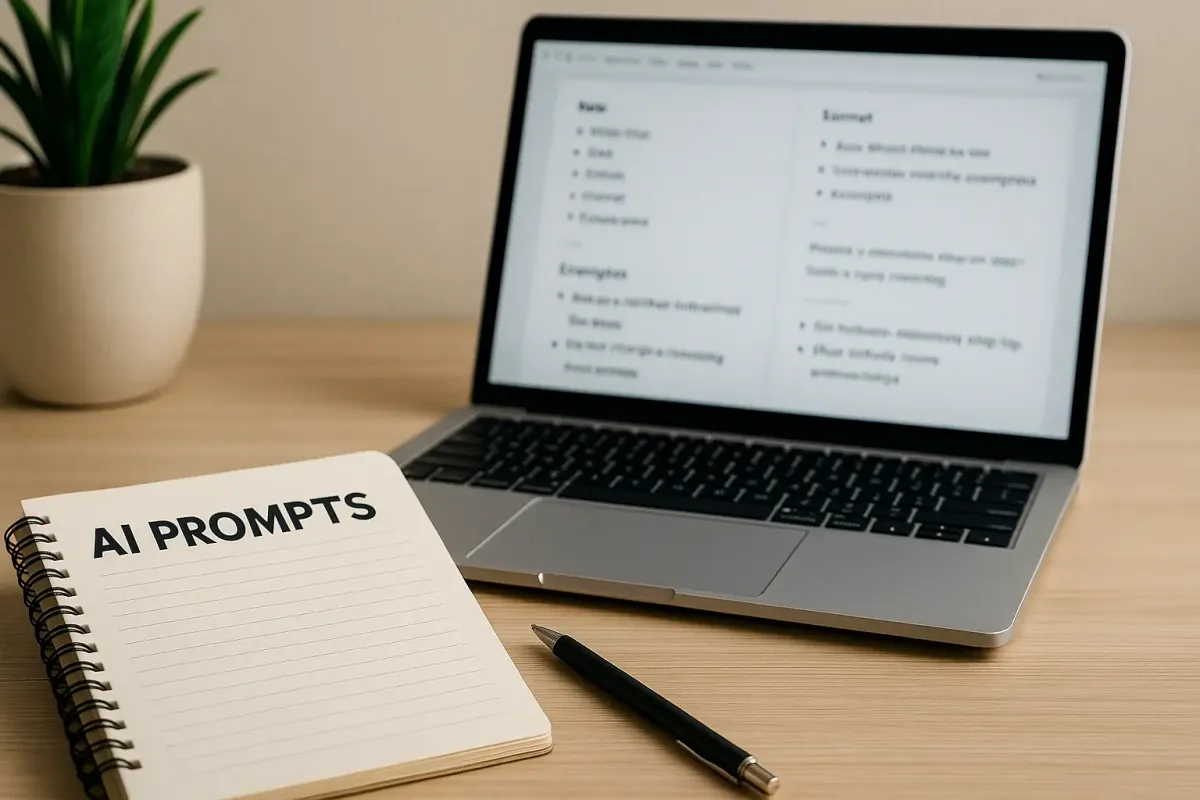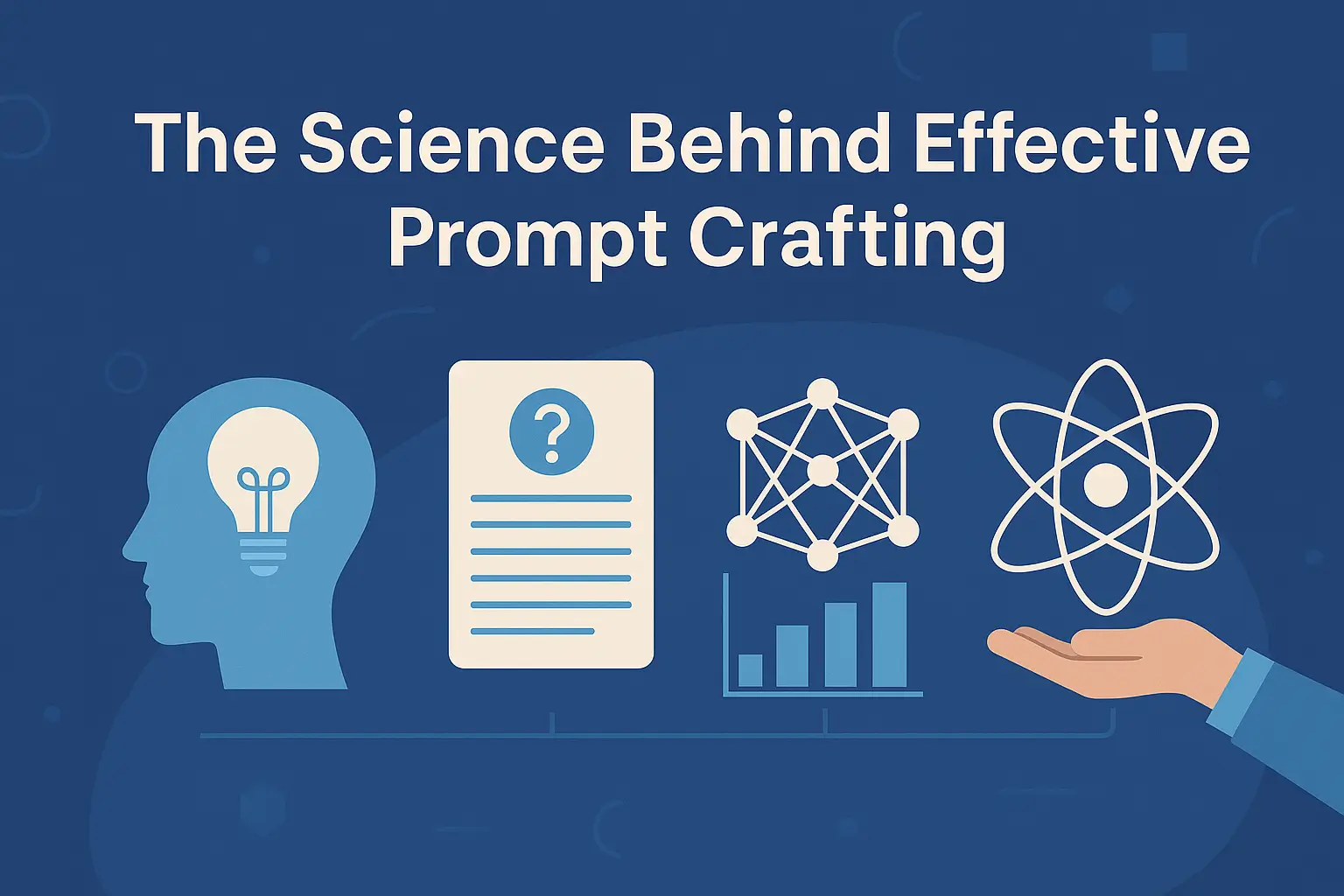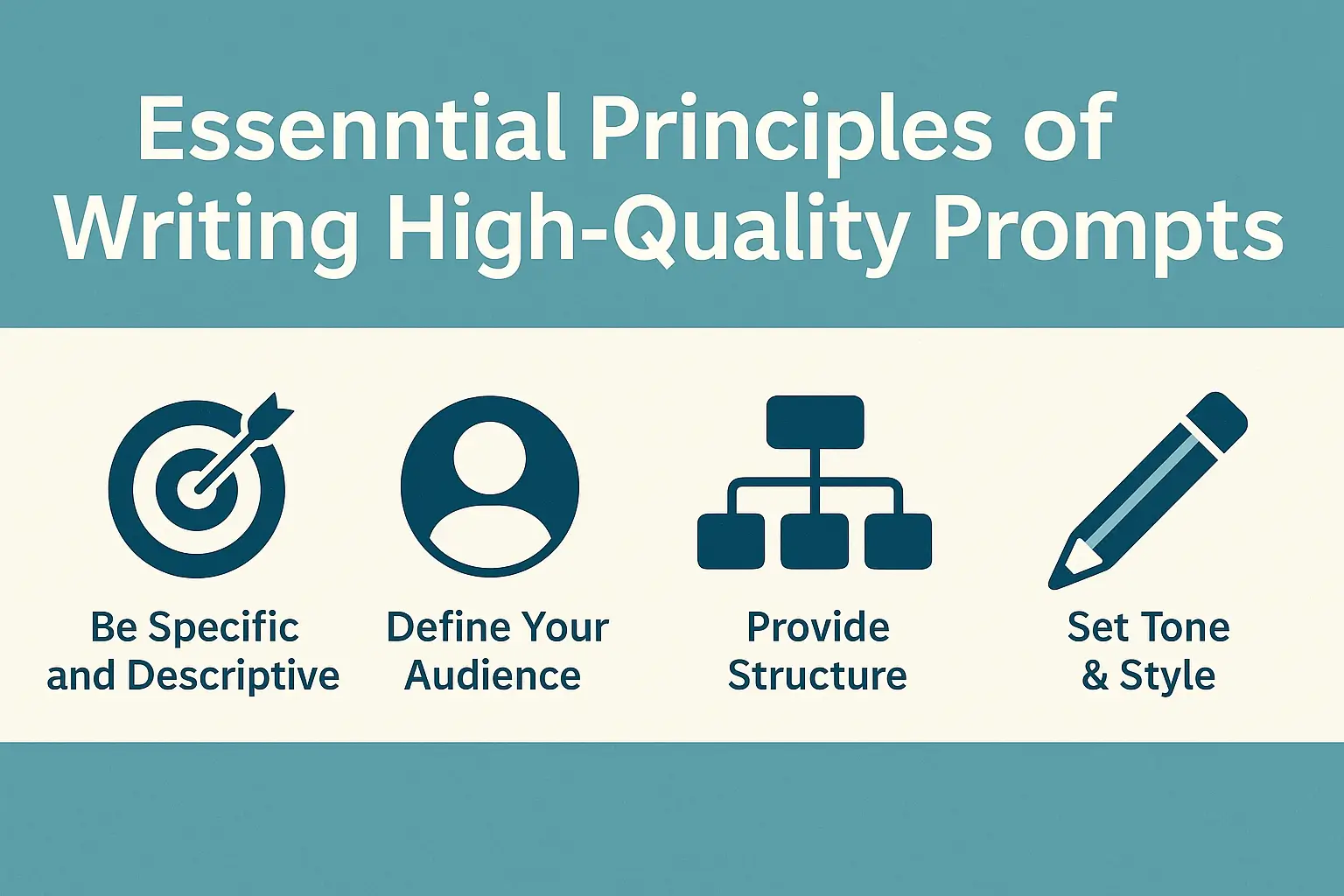Crafting Precise AI Prompts: Proven Tips and Real Examples for Writers

Artificial Intelligence has opened an entirely new dimension in writing, creativity, marketing, and productivity. However, the secret to getting high-quality, accurate, and human-like output from AI tools does not lie in the tool itself—it lies in the prompt. The better your prompt, the better your results. Unfortunately, most writers struggle to communicate clearly with AI, resulting in generic, robotic, or irrelevant outputs.
This guide explains how to craft precise AI prompts using proven structures, psychology, and real examples that professional content creators, marketers, educators, and business owners use. Whether you write blog articles, copywriting hooks, scripts, study notes, or product descriptions, mastering prompt engineering will elevate your output quality instantly.
1. What Are AI Prompts and Why Do They Matter?

A prompt is the input you provide to an AI tool that guides its response. It may be a sentence, a detailed instruction, a question, or even a reference example.
When prompts are vague, AI generates vague answers.
When prompts are clear and structured, AI delivers precise, high-quality responses.
Example:
Weak Input:
"Write a blog about fitness."
Strong Input:
"Write a 1200-word, friendly, motivational blog post explaining how beginners can start home workouts without equipment. Include daily exercise charts and tips for staying consistent."
Why It Matters:
AI does not read your mind. The clarity of your instructions directly affects the result.
2. The Science Behind Effective Prompt Crafting

AI models such as GPT, Claude, and Gemini are trained on patterns. They respond based on:
- Context provided
- Desired role or voice
- Length and formatting instructions
- Examples and constraints
- Precision of nouns and verbs
In short: Ambiguous prompts = ambiguous output.
Precise prompts = reliable, high-quality output.
3. How AI Interprets Your Words

AI follows your prompt in the exact order of priority:
- Role: Who the AI should behave as (e.g., expert writer, lawyer, poet).
- Task: The exact job (write, rewrite, summarize, explain, critique).
- Details: Keywords, tone, length, audience.
- Format: Bullet points, paragraphs, tables.
- Constraints: Things to include or avoid.
- Examples: Sample reference outputs.
The more intentional these elements are, the better the response.
4. Essential Principles of Writing High-Quality Prompts

4.1 Be Specific and Descriptive
Instead of “Make it better,” specify how to improve.
4.2 Define Your Audience
Age, skill level, background knowledge, and purpose matter.
4.3 Provide Structure
Tell the AI how to arrange the content.
4.4 Set Tone & Style
Friendly, professional, poetic, academic—state it clearly.
4.5 Use Step-By-Step Instructions
AI follows sequential logic effectively.
5. Prompt Frameworks and Formulas (With Examples)
Framework 1: Role + Task + Format + Tone + Constraints
Example:
"Act as a professional email copywriter. Write a follow-up email to a client who has not responded in 5 days. Use a polite and persuasive tone. Keep it to 120 words. Include a subtle call to action."
Framework 2: What + Why + How
Example:
"Explain intermittent fasting (what) and why it helps with metabolism (why). Then provide a daily meal routine for beginners (how)."
Framework 3: Before/After Comparison Prompt
Example:
"I will paste my text. Rewrite it to make it more concise and persuasive. Do not change the meaning."
6. Step-By-Step Guide: How to Craft Precise AI Prompts
- Identify the purpose of the content.
- Define who the reader is.
- Select tone and style.
- State required length and structure.
- Add constraints (must include / must avoid).
- Include example outputs.
- Test and refine using iterative prompting.
7. Examples of Strong vs Weak Prompts
| Weak Prompt | Strong Prompt |
|---|---|
| Write a product description | Write a 150-word product description for a premium leather office bag. Target working professionals. Highlight durability, style, and practicality. Use persuasive, elegant wording. |
| Explain machine learning | Explain machine learning to high school students in simple language with relatable real-life examples. |
8. How to Improve Output Using Iterative Prompting
Iterative prompting means refining results step-by-step.
Example workflow:
Step 1: Ask AI to generate an outline.
Step 2: Request expansion for each section.
Step 3: Ask the AI to rewrite for tone and clarity.
9. Advanced Prompt Techniques
- Persona-Based Prompting
“Act as a certified nutritionist…” - Chain-of-Thought Prompting
“Explain your reasoning step-by-step…” - Zero-Shot, One-Shot, and Few-Shot Examples
The more examples given, the more accurate the output.
10. Common Mistakes to Avoid
- Being vague or general
- Not specifying audience
- Forgetting tone and format
- Asking too many things in one prompt
- Not refining iteratively
11. Tools to Help You Build Better Prompts
| Tool | Use |
|---|---|
| PromptHero | Prompt inspirations |
| Lexica | Visual prompt references |
| Notion AI | Structured content creation |
| Perplexity | Fact-checked research queries |
Conclusion: Master the Skill, Transform Your Output
Learning how to craft precise AI prompts is like learning a power skill. Once mastered, your writing becomes faster, sharper, more creative, and more professional. Whether you're a content creator, marketer, teacher, business owner, or student, prompt mastery saves time and enhances quality.
Start practicing today—refine, test, iterate, and watch your output transform.
FAQs
Q1: Why do precise AI prompts matter?
Precise prompts guide AI to produce clearer, more relevant, and human-like responses, improving output quality.
Q2: How long should an effective prompt be?
Prompts should be descriptive, often between 2–8 lines, depending on complexity.
Q3: Can I use examples in prompts?
Yes, example outputs dramatically improve accuracy.
Q4: How do I make AI write in a specific tone?
Explicitly define tone (e.g., friendly, formal, humorous) in the prompt itself.
Q5: Is prompt engineering a long-term skill?
Yes, mastering prompts boosts productivity across writing, marketing, research, and creative work.




